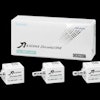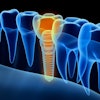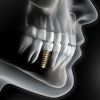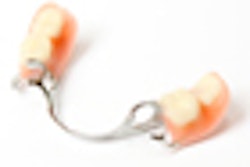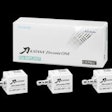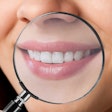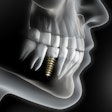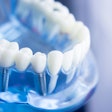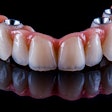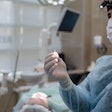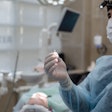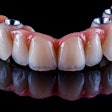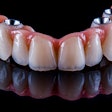Electrical stimulation expedites bone graft healing and can increase the predictability and contribute to the overall success of this option for patients who lack the bone density required for dental implants, a University of Maryland research team reported at the 27th Annual Meeting of the Academy of Osseointegration (AO) in Phoenix this week
In a pilot study of the effect of electrical stimulation on healing bone grafts, an animal study with adult male rats, Garima K. Talwar, DDS, a postgraduate student at the University of Maryland Baltimore Dental School, concluded that electrical stimulation produced significantly more bone formation and less remaining graft than a control group that received no electrical stimulation.
In the study, bipolar platinum stimulated electrodes were overlaid on the center of a graft in adult male rats. They received electrical stimulation three times a day for 10 days.
After six weeks, the grafted areas and surrounding bone were harvested. Animals that received electrical stimulation had approximately eight-fold more new bone compared to the control group (p = 0.034). The amount of remaining graft material in the control group was significantly higher, and no significant difference was found in the amount of connective tissue.
This finding may attract patients to dental implants who might otherwise bypass implant treatment because grafts can be unpredictable and have been associated with lower success rates, extended healing times, and morbidity, Dr. Talwar noted.
